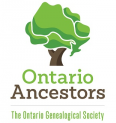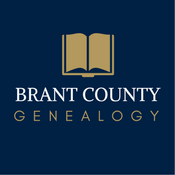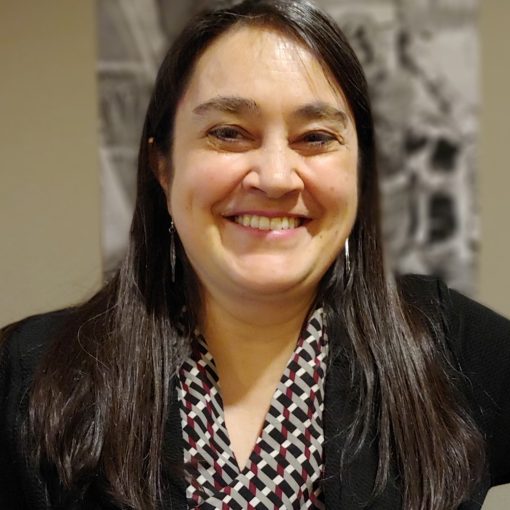Presented by: John Davis
Summary:
Haldimand Tract land sales were meant to benefit the Six Nations trust fund. The lecture will explain how this made the pre-patent records different.
Description:
Partly in 1784, and partly in 1792, a large tract north of Lake Erie was purchased, for granting to settlers, from the Mississaugas of the Credit. The portion along the Grand River (the Haldimand Tract) was reserved for those members of Six Nations who, having left New York, wished to re-settle here. A crown reserve (Guelph township) and clergy reserve (parts of Wellesley and Peel townships) were also set aside in respect of the Tract. In controversial transactions between 1795 and 1809, ultimately sanctioned by government, seven townships were sold, as townships, so as to create a trust fund for Six Nations. At the same time, Joseph Brant, as agent of the Six Nations, began (again controversially, and in defiance of government) to make out 999-year leases to settlers for smaller parcels. The resulting complications began to be regularized in the mid-1830s. Also, starting in 1830, farm and town lots again began to be sold by government, the proceeds, once again, to go into the Six Nations trust fund. As the province moved towards responsible government (except in relation to Indian Affairs from 1844 to 1860), a Special Commissioner was appointed to manage the sales. The sales continued following Confederation in 1867, but the manner of conducting the sales was in dispute until Ontario and Canada reached a settlement in 1924. The result of this history is that the search for Haldimand Tract land records, up to and including the crown grants, can puzzle people, even those who are familiar with land records research in other parts of the province. The objective of the lecture is to describe, and explain, the differences. As the history of the land registries in the area is somewhat complex, and because many transactions prior to the crown grants were also registered, the lecture will also include a brief review of the places where records following the crown grant can be found.





